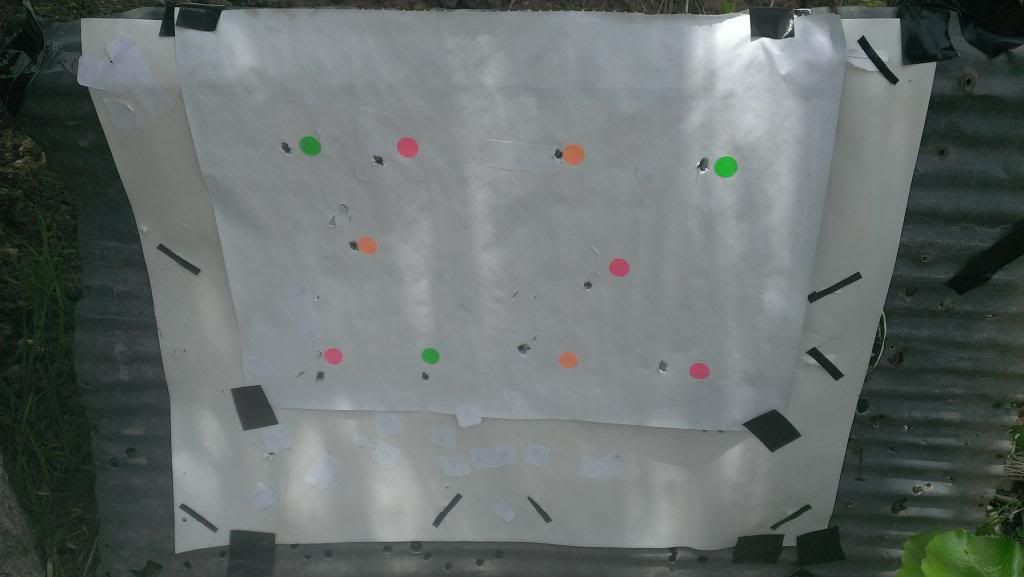I've watched all of the "Day One" video 3 times and the "Natural Point of Aim" and "Trigger Control" sections several more times.
I have an issue/question.
I shoot mostly on my land which is pastures, creeks, hills and trees. I am usually shooting downhill and usually shooting in, through or over grass that requires me to "elevate" myself a bit. I typically have to shoot with 9 inches or 13 inches on the bipod. I can almost never shoot with 6 inches on the bipod. I got 3 inch "extenders" for my atlas bipod, to convert it from 6-9 inch to 9-13 inch. I've been calling this elevated position "elevated prone bipod". I've been using my elbows as kind of a "rear bipod". I use a rolled up blanket (which I can bungie chord to my pack when on foot) to support my chest. So in doing the "natural point of aim" test, I consistently see that the point of aim returns higher after closing eyes for two breathing cycles when in this position.
I've also been practicing shooting with sitting bipod. For that I set my 13-27 inch harris bipod to 21.5 inches. I haven't tried the "natural point of aim" test with that position yet. Right now I'm shooting from that position with iron sites, where prone shooting with with leupold 3.5-10x TMR scope in 3.5x magnification.
So, problem is how to achieve "perfect" natural point of aim from positions other than "proper prone bipod"? I'm guessing the answer will be "do the best you can with what you have available" or something in that ball park, but I thought I'd ask, in case I'm missing something (which is most probable) .
.
Should I give up on my "elevated prone" position? If I do, then I will mostly be shooting sitting with some kneeling and standing. But kneeling and standing would be indicated sometimes regardless. The only change might be giving up the elevated prone to go to sitting as a replacement for the elevated prone.
Thanks!
I have an issue/question.
I shoot mostly on my land which is pastures, creeks, hills and trees. I am usually shooting downhill and usually shooting in, through or over grass that requires me to "elevate" myself a bit. I typically have to shoot with 9 inches or 13 inches on the bipod. I can almost never shoot with 6 inches on the bipod. I got 3 inch "extenders" for my atlas bipod, to convert it from 6-9 inch to 9-13 inch. I've been calling this elevated position "elevated prone bipod". I've been using my elbows as kind of a "rear bipod". I use a rolled up blanket (which I can bungie chord to my pack when on foot) to support my chest. So in doing the "natural point of aim" test, I consistently see that the point of aim returns higher after closing eyes for two breathing cycles when in this position.
I've also been practicing shooting with sitting bipod. For that I set my 13-27 inch harris bipod to 21.5 inches. I haven't tried the "natural point of aim" test with that position yet. Right now I'm shooting from that position with iron sites, where prone shooting with with leupold 3.5-10x TMR scope in 3.5x magnification.
So, problem is how to achieve "perfect" natural point of aim from positions other than "proper prone bipod"? I'm guessing the answer will be "do the best you can with what you have available" or something in that ball park, but I thought I'd ask, in case I'm missing something (which is most probable)
Should I give up on my "elevated prone" position? If I do, then I will mostly be shooting sitting with some kneeling and standing. But kneeling and standing would be indicated sometimes regardless. The only change might be giving up the elevated prone to go to sitting as a replacement for the elevated prone.
Thanks!




